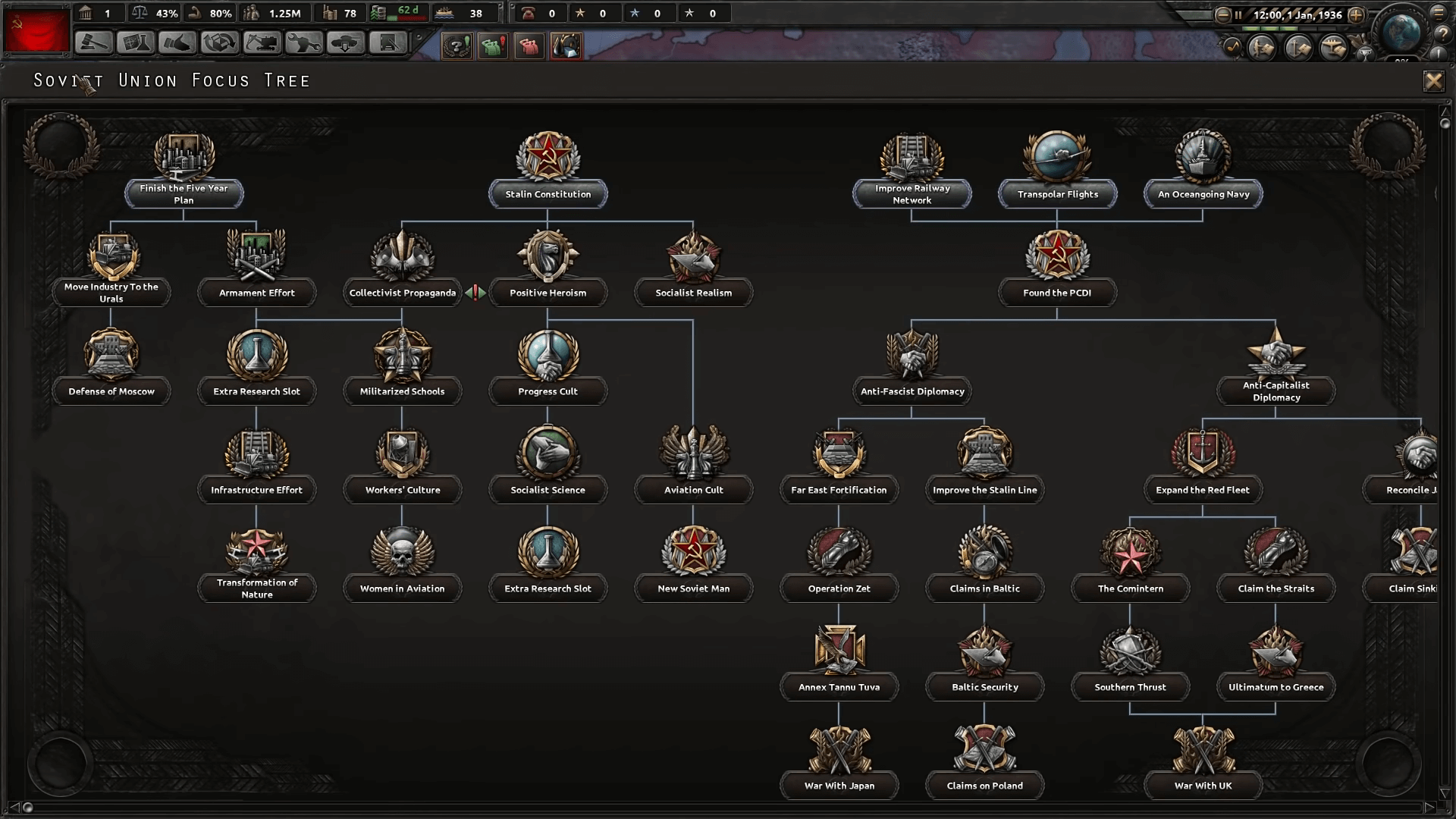

Taking their lead from Telegram, YouTube, low-cost airlines, and globalized pop culture, they could hardly be further removed from Lukashenka’s archaic authoritarianism.įor many young Belarusians during the 2000s, the dream was to emigrate. Over the past decade, this generation has become increasingly vocal in the public life of the country. Lukashenka’s dominance of the political landscape made public dissent difficult, but beneath the surface, a new generation of Belarusians slowly began to emerge who wanted nothing to do with the stagnant Soviet nostalgia of the regime. Meanwhile, the Belarusian language was marginalized in favor of Russian, to the extent that by 2020, almost 90% of Belarusian children attended Russian-language schools. An authoritarian model of government was implemented, with no single election following Lukashenka’s initial victory being recognized as either free or fair. Multiple other aspects of everyday Soviet life were revived, from Komsomol-style political youth organizations to obligatory university study of the Great Patriotic War (WWII). When he first came to power in 1994, Lukashenka made his intentions clear by rejecting the white-red-white flag of independent Belarus in favor of the red-and-green flag used during the Soviet era. While Putin’s Russia has gone to considerable lengths over the past two decades to rehabilitate aspects of the Soviet past, Lukashenka’s Belarus also continued to embrace the specific statecraft and economic practices of the Communist era.ĭuring his 26-year reign, Belarusian President Alyaksandr Lukashenka has turned the country into his very own miniature Soviet Union. The national awakening in today’s Belarus is especially striking because it is taking place in a country that had previously clung to the traditions, symbols, and narratives of the USSR with more enthusiasm than any other former Soviet republic. Generally viewed as a series of dramatic developments that took place over a relatively concentrated period of time in 1990-91, recent events in Belarus are reminder that the fall of the USSR is actually an ongoing event that continues to shape the global geopolitical climate. One relatively recent example of this phenomenon is the collapse of the Soviet Union. Instead, empires and epochs have a tendency to expand and disperse like clouds in the sky, blending and merging in ways that expose the shortcomings of traditional chronologies. It is common to view history as a series of specific dates and distinct periods, but real life is rarely so neat and tidy.


 0 kommentar(er)
0 kommentar(er)
